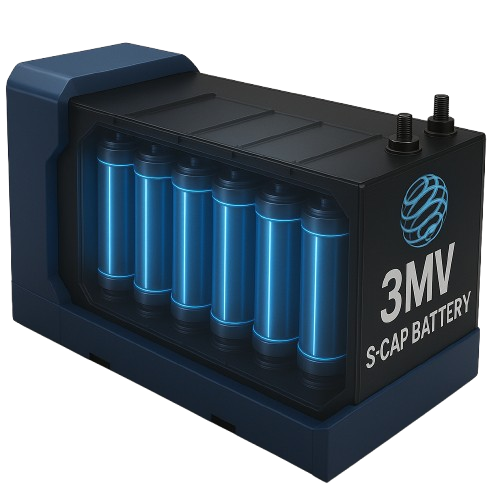
“WEG Energy. Provides a total END to END solution – MEGA BATTERY STORAGE
RECHARGEABLE ENERGY SOLUTIONS
“Weg Energy: is an International Energy Solution company bringing renewable and energy storage Technology to the global market place”
“Energy Storage Systems The Future ” Mega Storage “
WEG ENERGY 1 to 3 mw energy storage
How Molten Salt Batteries Work:

SUPER CAPACITOR battery depends on the application